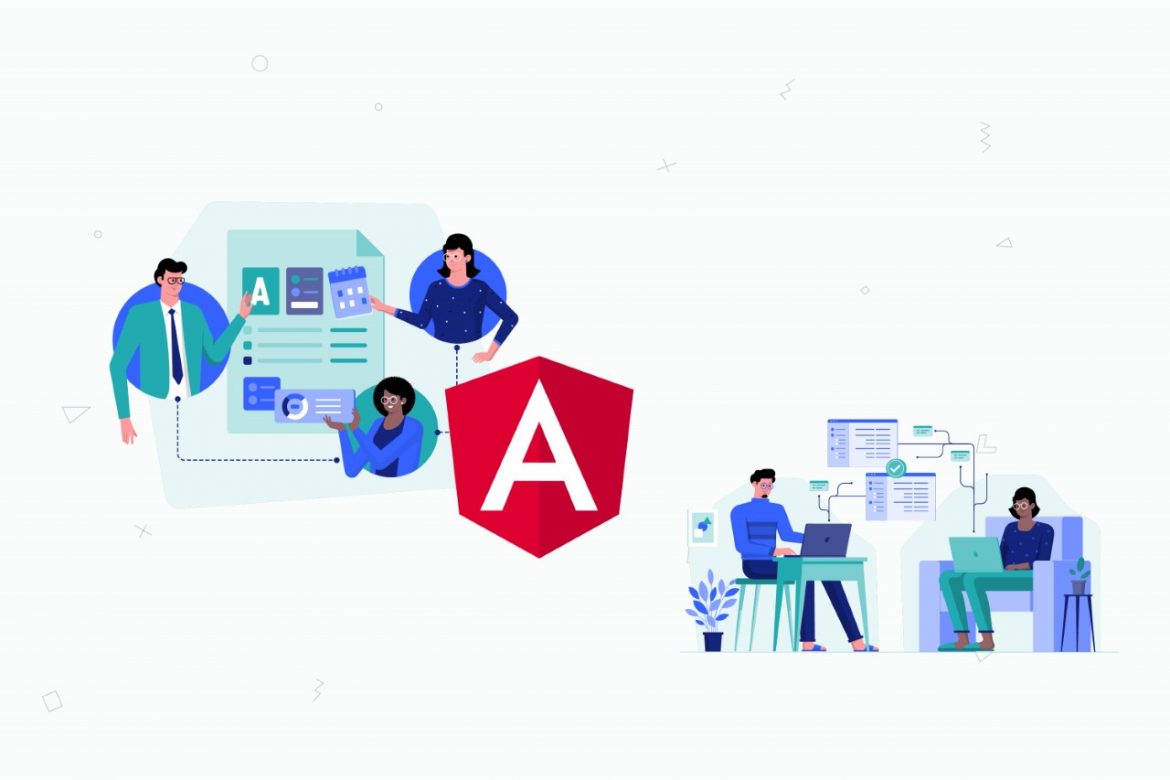Introduction
Generally, these days webpages are made up of HTML, CSS, and JavaScript. People like responsive and interactive web pages. Angular components are nothing different but a combination of HTML, CSS, and JavaScript languages. Here, in this blog, we will learn about the Angular components.
What are Angular components used for?
Components are the basic building blocks in an Angular application. Components are defined using the @component decorator. A component has a selector, template, style, and other properties, using which it specifies the metadata required to process the component.
The key components are:
- Component: These are the basic building blocks of angular applications to control HTML views.
- Modules: An angular module is a set of angular basic building blocks like components, directives, services, etc.
- Templates: These represent the views of an Angular application.
What are Angular observables used for?
Observables provide support for passing messages between parts of your application. They are used frequently in Angular and are a technique for event handling, asynchronous programming, and handling multiple values.
What is Angular BehaviorSubject used for?
A BehaviorSubject is a Subject that can emit the current value (Subjects have no concept of current value). The BehaviorSubject holds the value that needs to be shared with other components. These components subscribe to data that is simply returning the BehaviorSubject value without the functionality to change the value.
Difference BehaviorSubject vs Observable?
In Angular services, it is preferable to use BehaviorSubject for a data service as an angular service often initializes before component and behavior subject ensures that the component consuming the service receives the last updated data even if there are no new updates since the component’s subscription to this data.
There are a few more differences summarized below:
| Sr. No | Observable | BehaviorSubject/Subject |
|---|---|---|
| 1. | It is just a function, and no state is involved. | Has state. Stores data in memory. |
| 2. | Code run for each observer. | The same code runs only once for all observers. |
| 3. | Creates only Observable (data producer alone) | Can create and also listen Observable (data producer and consumer) |
| 4. | Usage: Simple Observable with only one observer | Usage: Store data and modify it frequently. Proxy between observable and observer. |
Should I use subject or BehaviorSubject?
Observable is the most basic implementation of listening to data changes, but I find that BehaviorSubject is easier to use and typically has a wider use case. The only difference between BehaviorSubject and Subject is BehaviorSubject has an initial value that will be emitted when subscribed to.
Should I use promise or observable in angular?
Both observables and promises help us work with asynchronous functionality in JavaScript. Promises deal with one asynchronous event at a time, while observables handle a sequence of asynchronous events over a period of time. Emit multiple values over a period of time. Emit a single value at a time.
Embold usage
Our frontend developers love this all-time leading framework because of the consistent code structure it maintains, two-way data binding, code reusability to using plain old javascript object models. It simplifies writing code with better facilitation of modular development structure.
Summary
Components, BehaviorSubject, and Observables are a great way to pass data back forth between a large number of components. The two main methods are subscribed for listening to new values, and next, for setting new values.


Comments are closed.